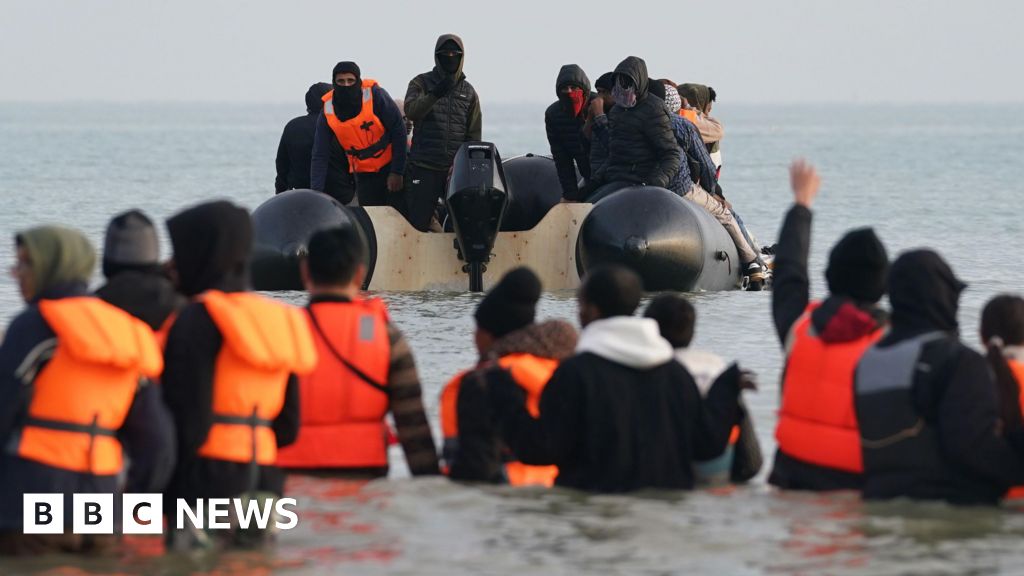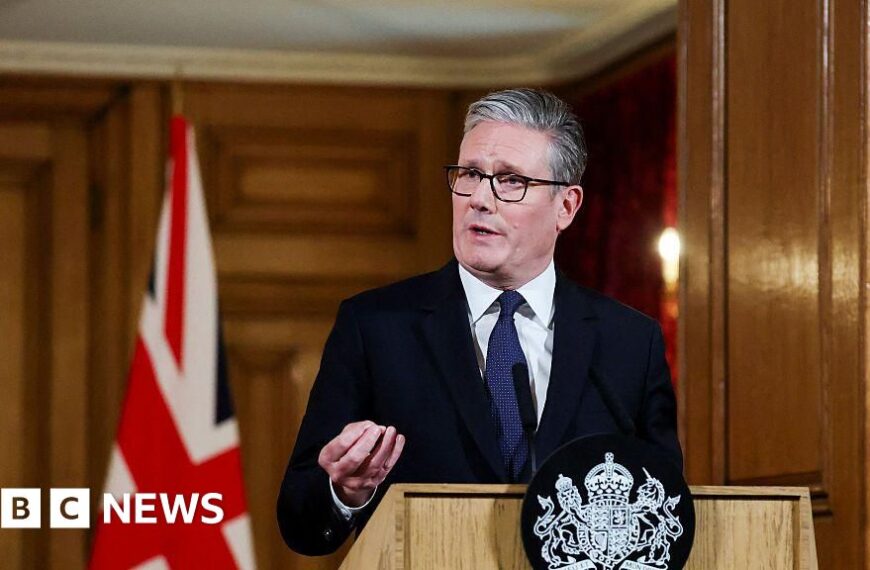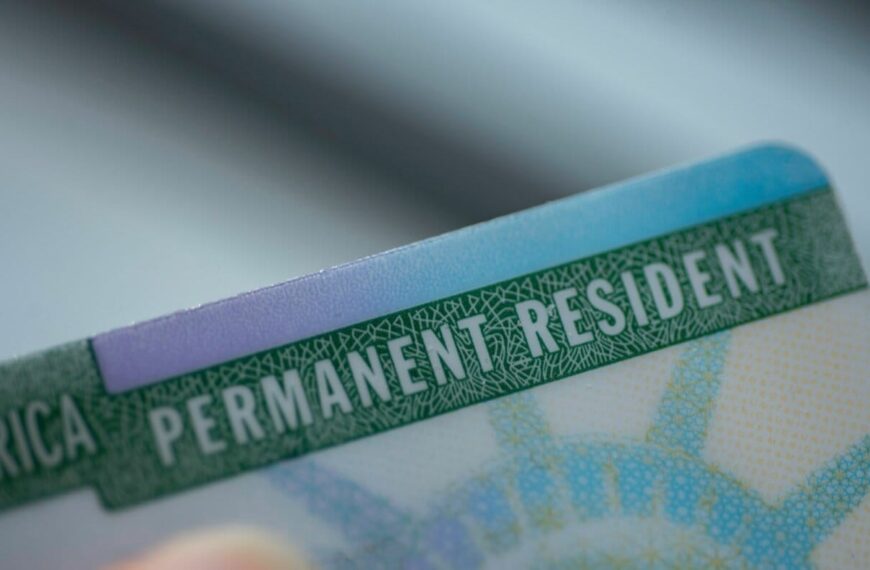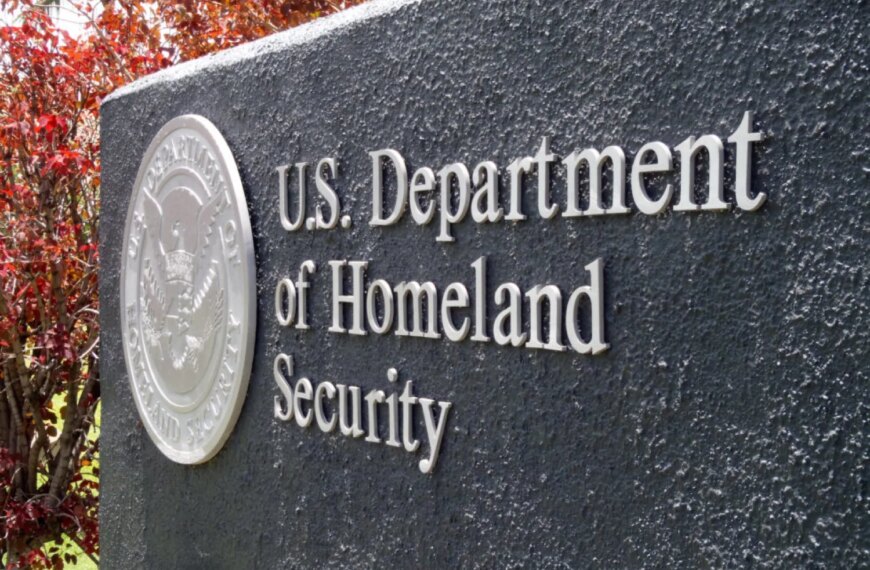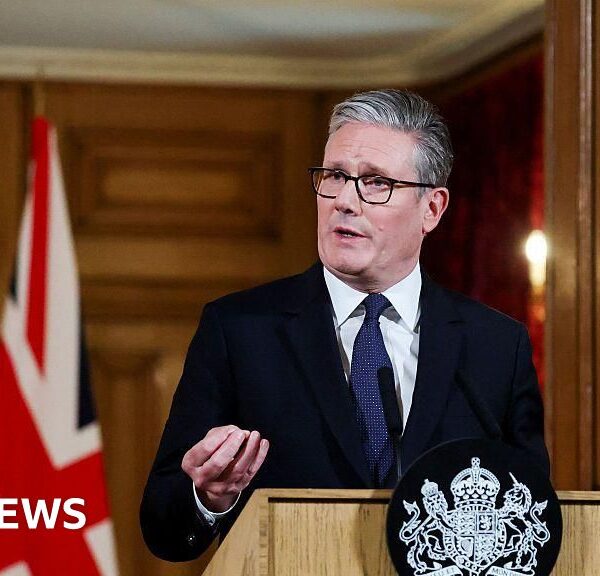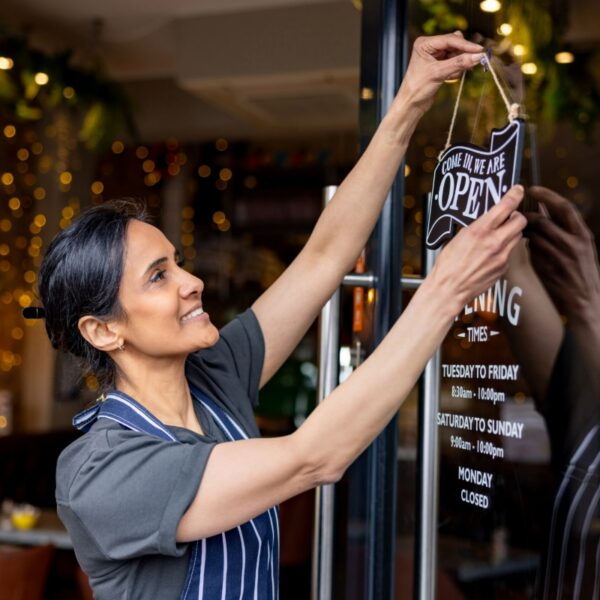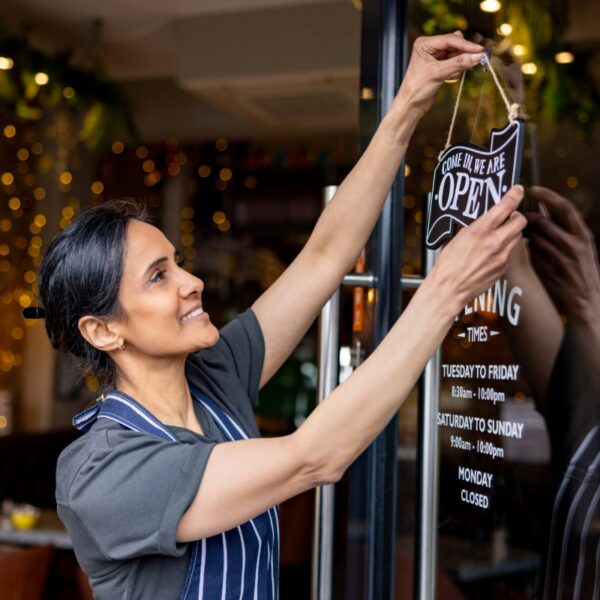Understanding Trends and Origins of Small Boat Migration Across the Channel
Migration through small boats across the English Channel has emerged as a significant issue in recent years. This method of migration, often fraught with danger, has been driven by various factors including conflict, economic instability, and changing immigration policies. In this article, we will explore the trends and origins of small boat migration, the implications for nations involved, and the ongoing discussions around immigration reform.
The Surge in Small Boat Crossings
The increase in small boat crossings can largely be attributed to the following factors:
Escalating Conflicts: Ongoing conflicts in regions such as Syria and Afghanistan have led to a surge in refugees seeking asylum in Europe. Many individuals and families are willing to risk their lives to escape violence and persecution.
Economic Hardship: Countries facing economic difficulties often see their citizens attempting to migrate in search of better opportunities. This is particularly true for those from nations with high unemployment rates.
Changing Immigration Policies: Stricter immigration policies in Europe have made legal pathways to asylum more challenging, pushing migrants to resort to risky boat crossings.
Origins of Migrants
Understanding who the migrants are and where they come from is crucial for addressing the challenges of small boat migration. Recent reports indicate a diverse range of nationalities among those attempting to cross the Channel, including:
African Nations: Many migrants come from countries like Sudan and Eritrea, where political instability and economic hardship are prevalent.
Middle Eastern Countries: A significant number of migrants originate from countries like Syria and Iraq, seeking refuge from ongoing conflicts.
South Asian Regions: Migrants from Afghanistan and Pakistan are also part of the increasing numbers attempting to reach the United Kingdom.
The Role of Smugglers
The rise in small boat crossings has also led to a corresponding increase in human smuggling operations. Smugglers exploit the desperation of migrants, charging high fees for perilous journeys across the Channel. Many of these operations are run by organized crime groups, making it difficult for authorities to combat the issue effectively.
Government Response and Policies
Governments in the UK and Europe have been grappling with how to address the challenges posed by small boat migration. The response has been multifaceted, including:
Increased Patrols: Authorities have increased patrols in the Channel to deter crossings and provide assistance to those in distress.
Enhanced Legal Frameworks: Discussions around immigration reform are ongoing, with an emphasis on creating legal pathways for asylum seekers while also enhancing border security.
International Cooperation: Countries are working together to address the root causes of migration, focusing on stabilizing regions that contribute to mass migrations.
The Impacts of Migration on Host Countries
The influx of migrants via small boat crossings has significant implications for host countries. These include:
Strain on Resources: Local services may become overwhelmed as they attempt to accommodate increased numbers of asylum seekers.
Political Tensions: Migration has become a contentious political issue, with debates surrounding border security and the treatment of migrants often leading to polarization within societies.
Social Integration Challenges: Successfully integrating migrants into local communities presents challenges, requiring tailored support services and community engagement.
Looking Ahead: Future Trends and Solutions
As we look to the future, it is imperative to consider how migration trends may evolve. Some potential developments include:
Adapting Immigration Policies: Countries may need to rethink their immigration policies to create more safe and legal routes for migration.
Focus on Humanitarian Aid: Providing support to migrants and addressing their immediate needs will remain a priority for governments and humanitarian organizations alike.
International Collaboration: Countries must work together to tackle the root causes of migration, including addressing factors that lead individuals to leave their home countries.
Conclusion
The issue of small boat migration across the Channel is complex and multifaceted. As countries continue to navigate the challenges posed by this phenomenon, it is essential to balance the need for security with compassion and support for those seeking a better life. The trends and origins of this migration highlight the urgent need for comprehensive immigration reform, international cooperation, and a renewed focus on humanitarian efforts to address the underlying causes of migration. Understanding these dynamics will be crucial for shaping future policies and responses to small boat crossings.

